What is Tanzanite?
Tanzanite is a trade name that was first used by Tiffany and Company for gem-quality specimens of the mineral zoisite with a blue color. Tiffany could have sold the material under the mineralogical name of “blue zoisite,” but they thought the name “tanzanite” would stimulate customer interest and be easier to market.
The name “tanzanite” was given because the world’s only known tanzanite deposit of commercial importance is in northern Tanzania. The name reflects the gem’s limited geographic origin. The mines are all located in an area of about eight square miles in the Merelani Hills, near the base of Mount Kilimanjaro and the city of Arusha.
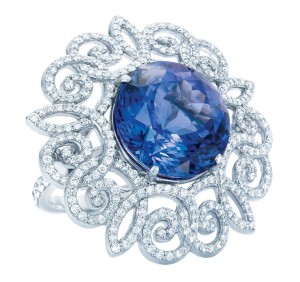
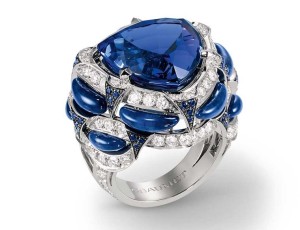
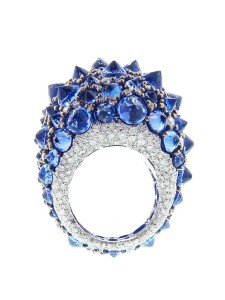

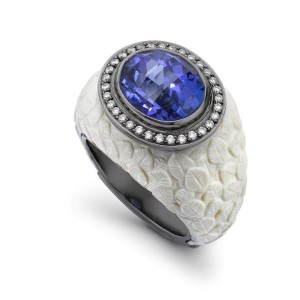

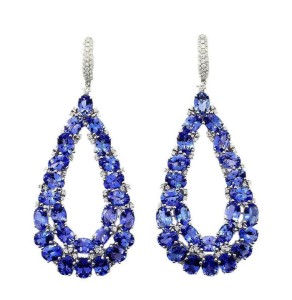



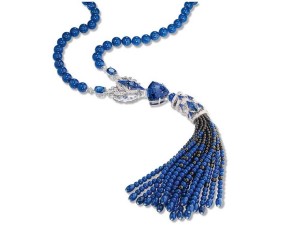
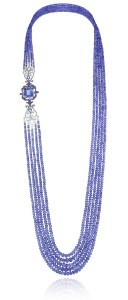
Not discovered until the 1960s and mined exclusively in Tanzania, the blue beauty of tanzanite jewelry is breathtaking.
One day during the 1960s, a Masai shepherd in the Mereani Hills near Mount Kilimanjaro, in the east African state of Tanzania, found some blue crystals sparkling on the ground. He picked them up. And so begins the journey of tanzanite, the stone that has been hailed as the “gemstone of the 20th century”.
Tanzanite formed millions of years ago when metamorphic schists, gneisses and quartzites formed flat-topped inselbergs on the plains below Kilimanjaro, and the crystals began to grow. Eventually, some made their way to the surface, where the Masai herdsmen found them.
Tanzanite is a blue variety of the gemstone zoisite and has a value of 6.5 to 7 on the Mohs scale, so care should be taken when wearing it. Don’t let it come into contact with acids or soap, and don’t wear it playing sports as it can chip. However, its blue beauty is breathtaking and it’s a perfect jewel for eveningwear.
The name “tanzanite”, and much of its later branding, can be credited to Tiffany & Co. Shortly after its discovery, the gem, which was then called “blue zoisite”, was introduced to the New York jeweller. They immediately recognised the uniqueness of this blue stone, but in terms of marketing felt “zoisite” simply was not pleasing the ear. They gave it the name tanzanite, branding it as a uniquely African gem.
In 2012, Tiffany celebrated its 175th anniversary with the launch of the Legacy collection, which celebrates the gemstones it has introduced to the world. Tanzanite features prominently, with one necklace featuring a supersized tanzanite of more than 175 carats.
Since then, tanzanite has made its way into the creations of just about every major jeweller. This summer, Chaumet has harnessed the beauty of tanzanite to evoke the deepest blue depths of the sea in its Lumieres d’Eau high jewellery collection, while Theo Fennell sourced an extremely rare heart-shaped 12.47 carat tanzanite for his one-of-a-kind Tanzanite Heart necklace. Its unusual ‘Meru’ blue hue – much lighter than usual – is named after the volcano in Tanzania from which the tanzanite was mined.
Joanne Teichman, managing director of fine jewelry e-tailer Ylang 23, has seen an increase in demand recently for tanzanite jewelry. “There is so much interest in tanzanite right now. One of our clients took a collection of five amazing tanzanite stones they had bought in Tanzania to one of our designers, Todd Reed, who designed a bespoke necklace for her.”
Mining in Tanzania operates primarily on a small scale, and approximately 90 per cent of the merchants are members of the International Colored Gemstone Association. This means that most tanzanite dealers have the reputation of working through legitimate channels to bring us these gems.
Tanzania continues to be the only place this stone has been discovered. Its exclusivity, combined with rich blue hues like a midnight sky that range from ultramarine to light purple, make tanzanite jewelry highly desired.
